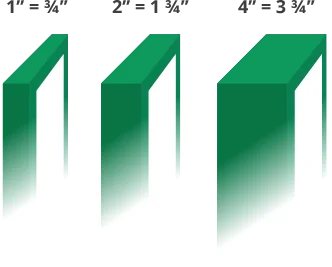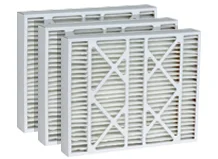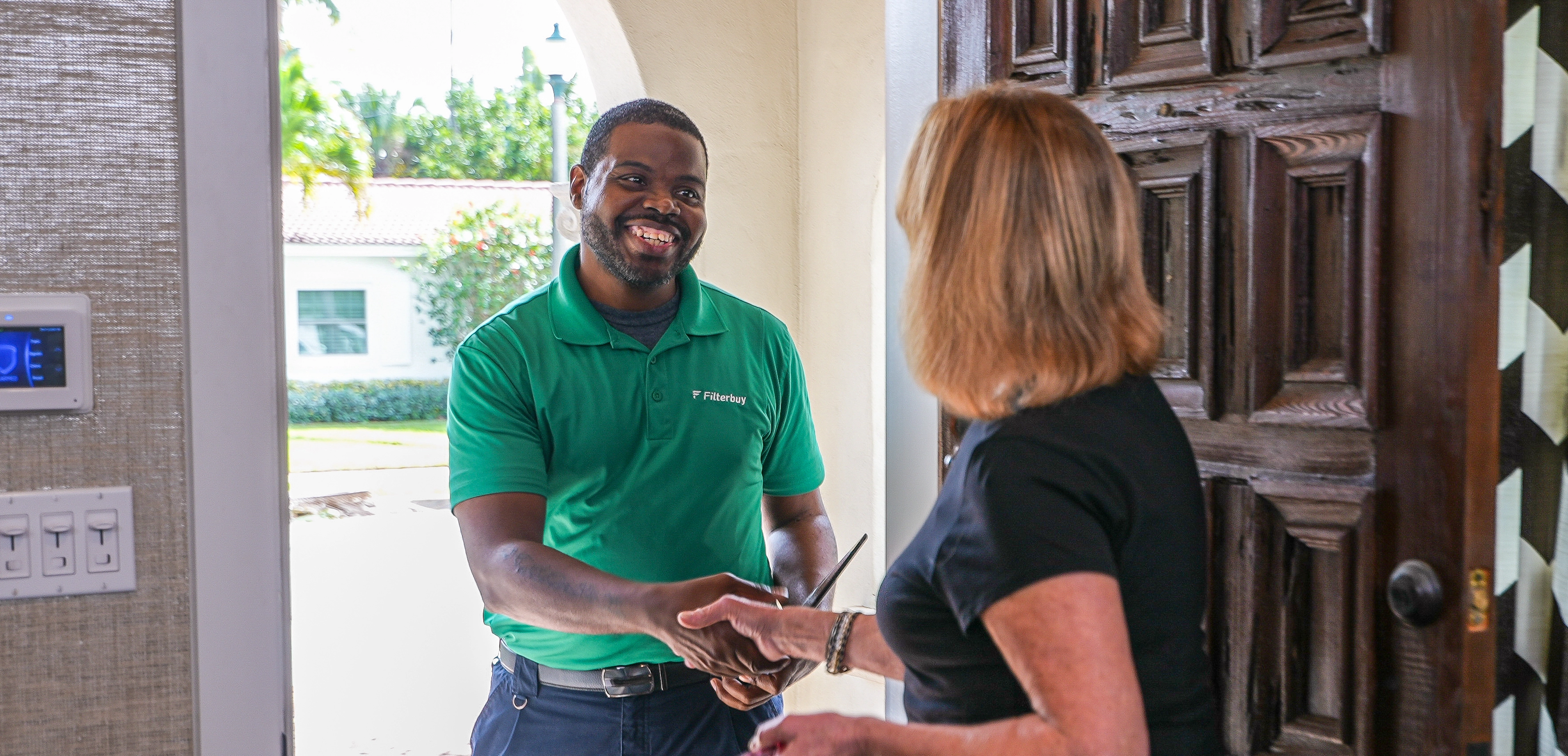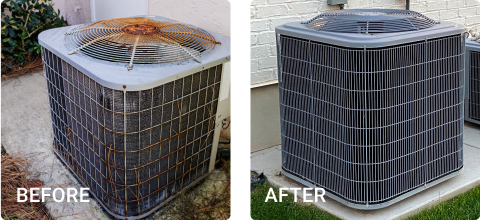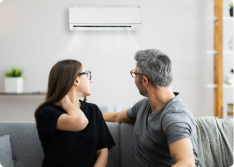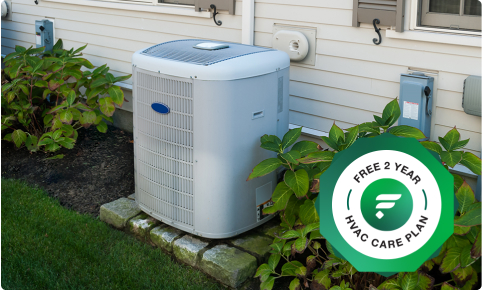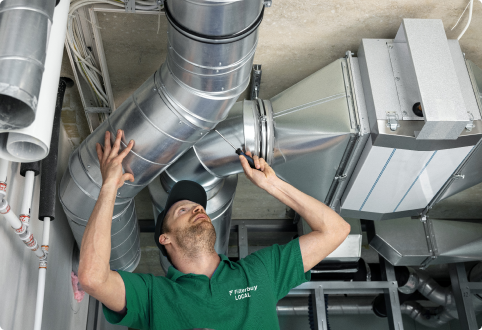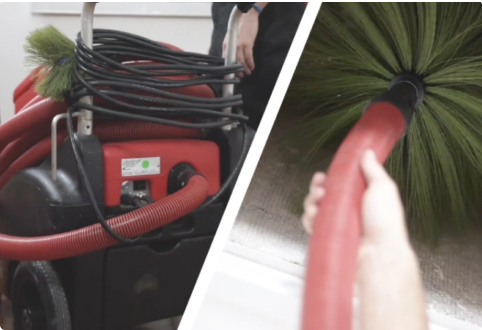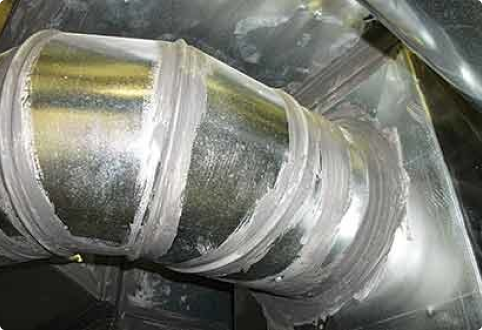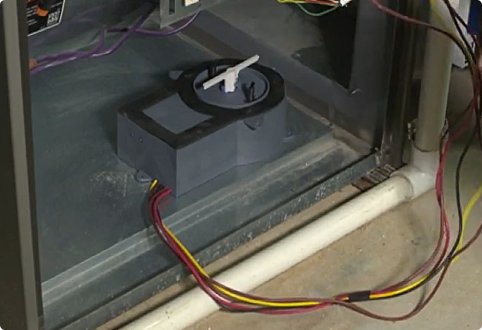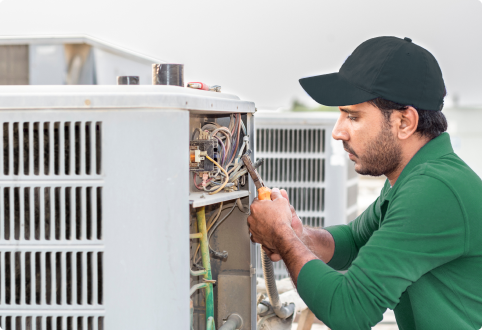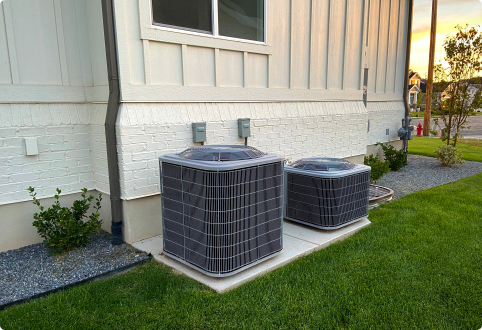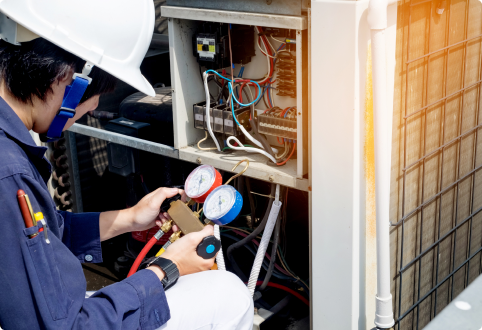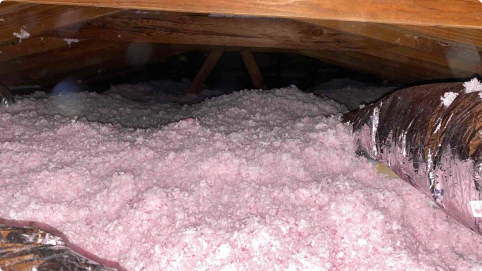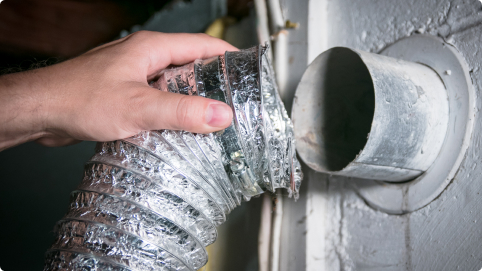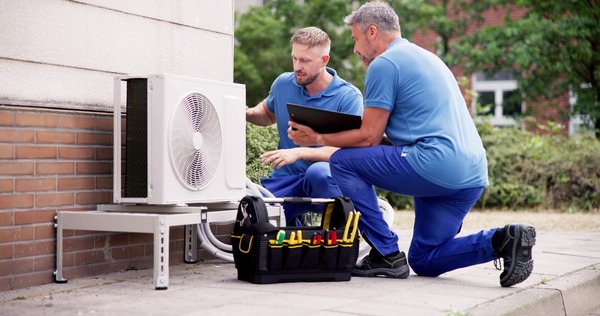Welcome to Filterbuy HVAC Solutions, the best HVAC system installation service company proudly serving in and near the greater Southwest Ranches, FL area. Please let us know how we can help solve your Southwest Ranches HVAC system installation needs with professional, affordable, and fast residential and commercial HVAC services by getting a free online quote or by giving our friendly HVAC specialists a call. We look forward to hearing from you!
Top HVAC Installation Tips for Southwest Ranches FL Residents
Southwest Ranches, FL, is a hidden gem. It blends rural beauty with modern comforts. It's a peaceful spot where you can enjoy living and have a strong sense of community, expect hot weather during summer. The humidity is high, making it feel even hotter. You need an effective HVAC to enjoy this beautiful place.
For the best HVAC installation, plan for an energy-efficient system that fits your home’s size, and climate. Accurate sizing is important. Choose a skilled contractor with the right licenses and insurance. Clear a path for technicians and keep children and pets away. Keep reading for more tips!
Key Takeaways
■ Choose a licensed and insured contractor with specific certifications for Southwest Ranches, FL, for professional installation.
■ Confirm your HVAC system is appropriately sized, considering home insulation, window sizes, and the number of residents.
■ Prepare for installation day by clearing the work area and providing easy access to current systems for technicians.
■ Ask questions or share concerns with technicians during the installation to improve efficiency.
■ Maintain your new HVAC system regularly with consistent checks, filter changes, and professional servicing for lasting reliability.
Understanding Your HVAC System Needs
It’s essential to understand your specific needs before installing. Prioritize energy efficiency, as it reduces your carbon footprint and saves more money. You’ll see noticeable changes in your bills!
Don't overlook compatibility with your existing electrical and ductwork systems. A new HVAC system should integrate smoothly; mismatches can lead to performance issues, increased energy usage, or even damage. Make sure the system fits your house.
Find the right HVAC system for your home. Instead of the latest features or the biggest brands, think of home size and local climate and even your budget. Each home has unique HVAC needs.
Importance of Proper HVAC Sizing
When considering your home's specific requirements. Sizing is important for HVAC installation. Proper sizing ensures system efficiency. A unit too big or too small becomes inefficient and reduces the overall lifespan of the system.
An oversized HVAC system cycles repeatedly, wasting energy while an undersized unit struggles with consistency. It runs longer and wears out faster. Proper sizing is important for efficiency and comfort.
The square feet of your house matter. Also insulation quality and window dimensions. All of them influence the heating and cooling load.
Don’t guess the sizing. Accurate sizing ensures high performance and energy efficiency. Also longer life. This is important in the installation process.
Choosing the Right HVAC Contractor
The HVAC installation quality depends on the technician. Look for an HVAC installation company in Southwest Ranches that is licensed and insured. They should be certified and follow specific requirements in Southwest Ranches, FL. These credentials ensure competence and quality workmanship.
Contractor reviews are important in your decision-making process. It offers insights into work ethics and professionalism. Watch for feedback that highlights punctuality, communication, cleanliness and overall quality. A contractor with positive experiences is more likely to meet your expectations.
Preparing for HVAC Installation Day
Follow these simple steps for a smooth installation process.
■ Clear the area: Remove furniture or obstacles to provide space for the new unit.
■ Ensure equipment accessibility: Allow technicians to easily reach and move around the existing system.
■ Open doors and gates: Make sure there are no obstructions on installation day.
■ Keep pets and children away: Ensure safety and avoid distractions.
■ Prepare questions: Discuss concerns with technicians to maximize the efficiency of your new system.
Taking these steps helps the installation process run smoothly. Proper preparation is important for the success of your HVAC installation in Southwest Ranches FL. Now you’re all set for a smooth installation day!
Maintaining Your New HVAC System
Regular maintenance is beneficial for every system even if it is high quality. It prevents costly repairs in the long run by allowing for timely checks, saving you time and money.
■ Filter replacement: Replace filters every 1-3 months, depending on usage and the filter's type.
■ Regular cleaning: Keep units clean. Listen for unusual sounds and schedule professional checks.
■ Clean Outdoor Unit: Remove debris, like leaves, twigs, and dirt from around the outdoor unit. This ensures proper airflow and prevents the unit from overheating.
■ Schedule Professional Maintenance: Annual check-ups by a qualified technician can identify and address potential issues. This is good to prevent small problems from becoming major ones.
Frequently Asked Questions
What does a new HVAC system cost in Florida?
In Florida, the cost of a new HVAC system typically ranges from $5,000 to $12,000, depending on factors like the size of the home, the efficiency of the system, and any additional features or upgrades. Larger or more energy-efficient units can increase the price.
Can a homeowner install HVAC in Florida?
A homeowner can install an HVAC system in Florida but it's not recommended. A permit is needed for the job. It could get into trouble if you don’t comply. Hire someone who knows the job to avoid future problems.
What is the most common HVAC in Florida?
The most common HVAC system in Florida is the central air conditioning system with a heating system for cooler months. It efficiently cools homes during the long and hot summers and it provides heating during the cooler months.
Where is the best place to install an HVAC system?
HVAC should be installed in a basement or attic or in any specific closet of a building. Their location can vary, according to the design of homes and the arrangement of rooms and their location. This should be done in an area that will allow the flow of air throughout the house and most preferably where repair and maintenance can be easily conducted.
How much does an air conditioner cost for a 2000 sq ft home in Florida?
For a 2,000 square foot home, you'll generally need an HVAC system with a cooling capacity of about 3 to 3.5 tons, depending on factors like your climate, insulation, and home layout. The cost is around $3,500 to $7,500. It's best to consult with an HVAC professional to ensure accurate sizing based on your specific home's needs.
What is the average life of an HVAC system in Florida?
The average life of an HVAC system in Florida is 10-15 years. Regular maintenance can prolong its lifespan. But the hot and humid weather will eventually damage it even if you take good care of it. Making replacement necessary sooner than in less demanding environments.
Do I need a permit to replace my air conditioner in Florida?
Yes, a permit is generally required to replace an air conditioner in Florida to follow codes and safety regulations.
What are the HVAC rules in Florida?
HVAC rules in Florida ensure systems are installed and maintained correctly to meet building codes and safety standards. They require that all installations be done by a licensed contractor and that all systems meet the state's energy efficiency standards.
How much does it cost to install ductwork in Florida?
The cost to set ductwork in Florida can vary. Depending on how big or small your home is and the complexity of the project. It’s $2,000 to $5,000.
What is the best SEER for Florida?
A SEER rating of 14-16 is suitable. Higher SEER ratings offer greater energy efficiency which can lower your energy bills, especially in the hot Florida climate.
What is the most expensive part of an HVAC system?
The most expensive part is the compressor which is important to the AC’s operation. If the compressor fails, repairing or replacing it is expensive. Others include the heat exchanger in furnaces and the evaporator coil.
How long does it take to install an HVAC system in a house?
The duration to complete an HVAC installation is relative to the kind of system. As well as to the nature and demands of the installation. It is possible to take hours to days for a system to be fully installed. It may take three to six days.
Here is the nearest branch location serving the Southwest Ranches area…
Filterbuy HVAC Solutions - Weston FL
2573 Mayfair Ln, Weston, FL 33327
(754) 296-3528
https://maps.app.goo.gl/E3tjmKf5VSWYghGc7

.webp)
.webp)
.webp)
.webp)
